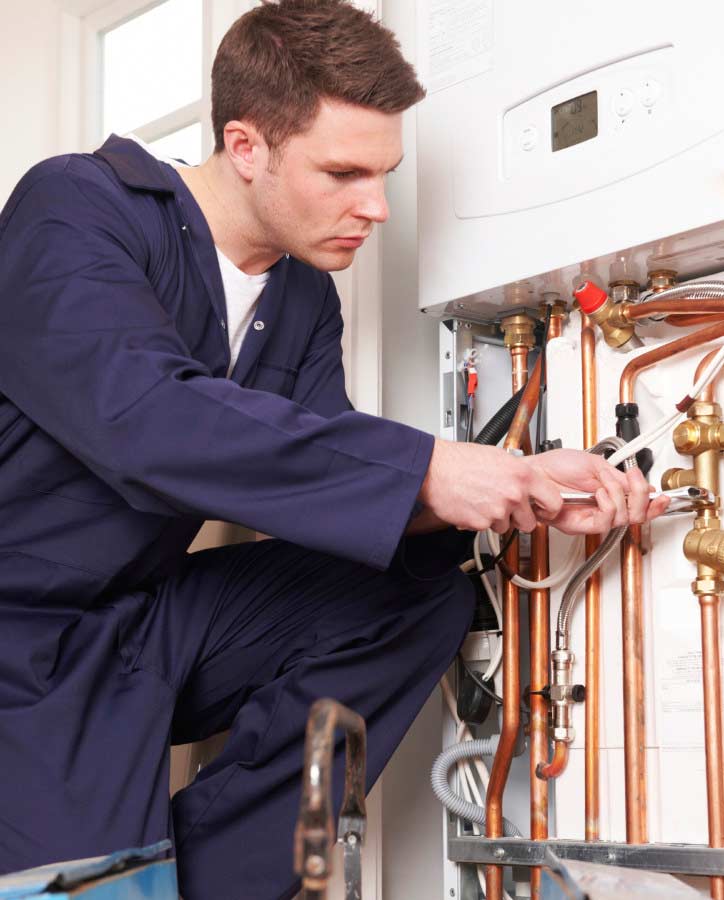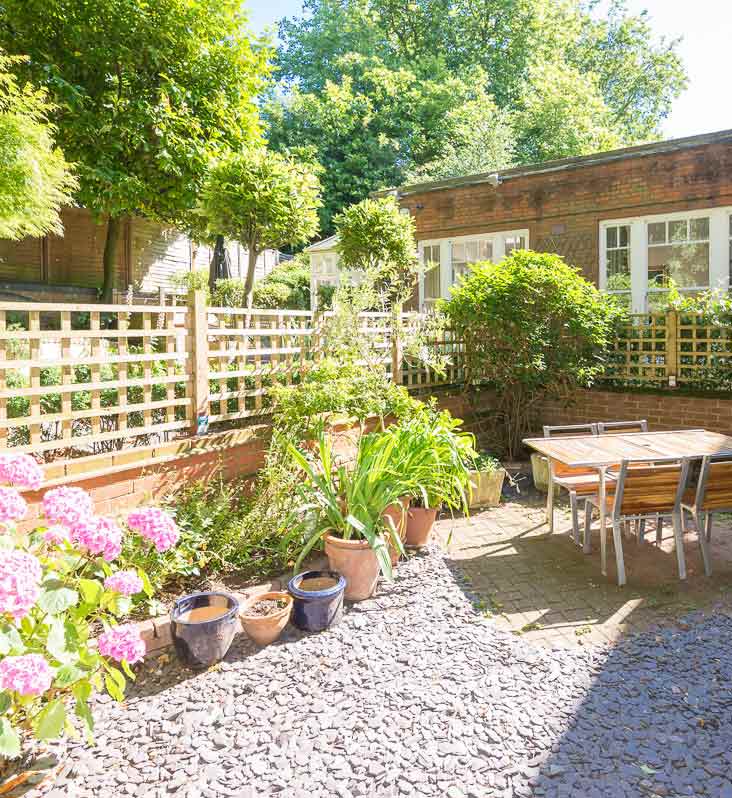Our monthly ‘Advice Clinic’ series shares the answers to questions our landlords have been asking. This month, Marc von Grundherr, Lettings Director, explains the best time to carry out maintenance work on your buy-to-let property.
When is a good time to carry out maintenance on a buy-to-let property?
How much did you pay for your rental property? £400,000? £500,000? £600,000? Whatever the cost, a property is a valuable asset so it makes sense to keep it in good condition. Regular maintenance is vital to retain and enhance its value. But when is a good time to spruce up your rental property?
Planning maintenance and refurbishment
Usually, the best time to carry out maintenance and refurbishment work is between tenancies; with the property empty, tradesmen can carry out work easily and quickly. We would suggest the landlord asks the tenant for permission to look around the property a few weeks before the tenancy ends so they can decide what work needs doing and ask contractors to provide quotations and fit the work into their schedule so that any void period is minimised.
If the tenant is living in the property long term and has no plans to leave, we would recommend talking with them to see when would be a good time to do the work – they may be on holiday or away on business for a couple of weeks and that could be a convenient time. If the property is being improved, it is unlikely a tenant will object but it is always sensible to discuss the matter and come to a mutual agreement.
How frequently should a rental property be refurbished?
Usually, if the apartment is modern, we suggest landlords update the décor every two or three years, depending on the amount of wear and tear. Furnishings can take a battering too so, when a tenant leaves, it is a good idea to look over everything to check all is in good condition and replace any items that are worn or broken. Between tenancies, soft furnishings and accessories can also be replaced to update the interior which isa cost-effective way to keep the property looking fresh and contemporary.
This is often a good time to add some luxurious extras to add to the property’s appeal – this could range from creating some useful concealed storage or maybe some high tech ‘luxuries’ – perhaps a boiling water tap in the kitchen or a new power shower .
New tax advantages for replacing furnishings
There are now tax advantages in replacing furnishings with April 6th 2016 seeing the introduction of the new Replacement Furniture Relief, meaning that landlords can now deduct the actual costs of replacing furnishings in their rental property from their profit before tax. Previously landlords could claim a Wear and Tear allowance of 10% of rent received, irrespective of how much they had actually spent. This has prompted many landlords to consider refurbishing more frequently, both for the tax advantage and to ensure their rental property meets the ‘showhome’ standards now demanded by most tenants.
Seasonal and other regular maintenance issues 
If the property has a garden, during the summer this will need to be tended regularly – lawns need to be mown, hedges and shrubs trimmed to avoid becoming overgrown. It is often simpler to employ a gardener to do this regularly rather than allow a garden to become overgrown which can be expensive to put back into good order.
In the autumn, many properties will need some maintenance to last them through the winter – roofs should be checked for loose or missing tiles, drainpipes unblocked and pointing between bricks fixed if necessary to avoid problems with damp.
There are also plenty of routine maintenance issues that need to be dealt with regularly. These include annual Gas Service checks, PAT (portable appliance testing) tests and an Electrical Installation Condition Report every five years.
Larger refurbishment project
An older property may need major work every few years. Major home improvements such as installing a new kitchen or bathroom will usually ensure the property lets quickly to a new tenant, meaning it doesn’t languish on the rental market because it looks tired and shabby. As well as minimising void periods, this type of work may allow the landlord to increase the rent, so costs can be recouped quite quickly. Equally, worn carpets could be replaced with modern, timber flooring while more mundane tasks might include mending drafty windows or painting the interior.
The advantages of maintaining a rental property
Landlords may have been feeling besieged recently, with tax changes ranging from the additional 3% payable on Stamp Duty on buy-to-let properties to the restriction of interest relief for investors to the basic rate of income tax. This has prompted many to take a hard look at their properties to check they are continuing to perform. But it is a false economy to skip vital regular maintenance.
In this competitive rental market, a well-maintained and presented property will attract a tenant more quickly, reducing voids and increasing rental yield – so investing in the property remains a sound, financial decision.
To find out more about maintaining your buy-to-let property, you can post a comment below or email us.
International offices
















